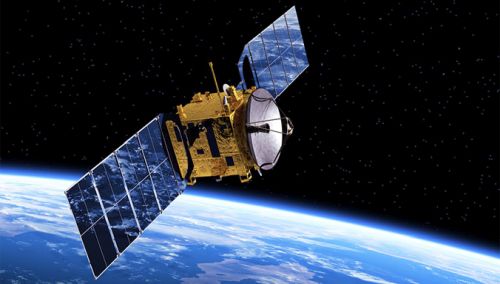Category: Specialization in Telecommunications-Elective
ECTS Credits: Five (5)
Semester: Sixth (6th)
Prerequisites: -
Teaching: Three (3) hours lectures, one (1) hour lab (per week).
Learning outcomes: At the end of the course the student will be able to:
- explain the need for satellite communications
- acquire an understanding on orbital mechanics of LEO, MEO, HEO and GEO satellites
- define and explain propagation impairments
- design uplink/downlink satellite link using the power link budget
- explain the analog and digital modulation techniques
- explain the synchronization and multiple-access techniques, such as FDMA, TDMA, CDMA, Aloha
- design and simulate satellite orbits with specific characteristics using STK software of AGI
Contents
Satellite orbit types and characteristics, orbital mechanics and orbits LEO, MEO, HEO, GEO, calculation methods for link budget, transponders, propagation impairments (free space loss, atmospheric, rain attenuation, shadowing), effects of noise, noise figure, antennas, transmission/reception techniques, multiple access techniques, random access, multibeam systems, simulation on orbit planning and link budget with STK software by Analytical Graphics (AGI). Exercises based on the STK and GNU Octave software packages.
Assessment
Written exams at the end of the semester. Assignments may be given during the semester with weight 30% (in which case the weight of the written exams will be 70%).
Bibliography
- Gerard Maral and Michel Bousquet, Satellite Communications Systems: Systems, Techniques and Technology, Wiley; 4th edition, 2020. ISBN-13: 978-0471496540
- Timothy Pratt, Charles W. Bostian, and Jeremy E. Allnutt, Satellite Communications, 2nd Edition, October 2002. ISBN-13: 978-0471370079




